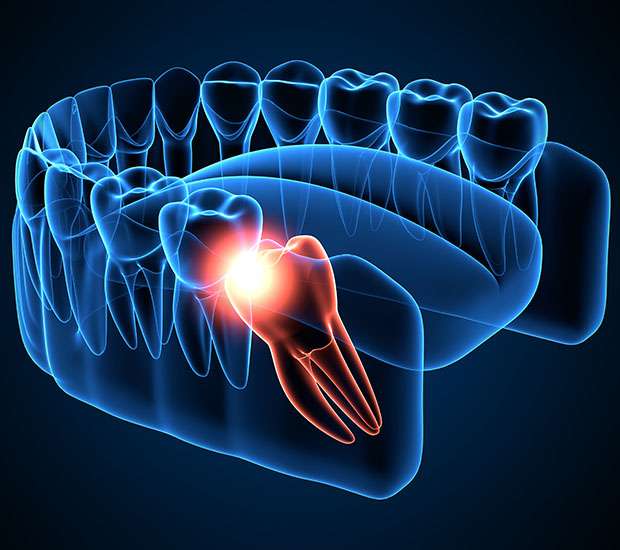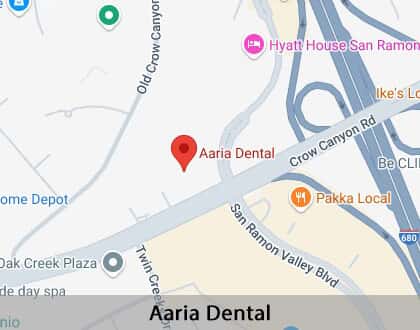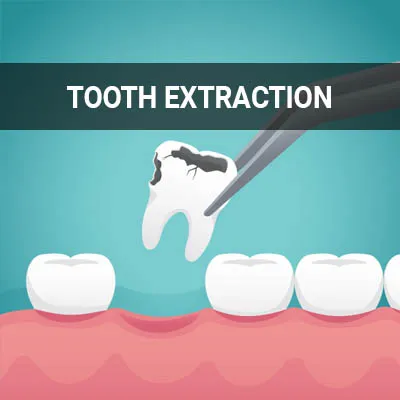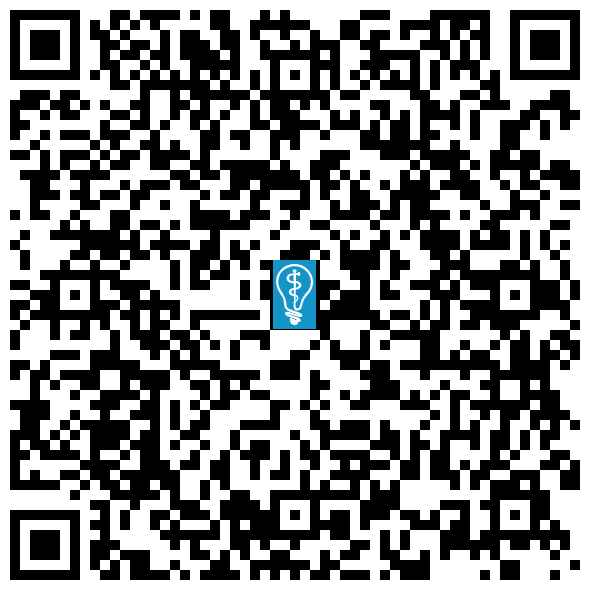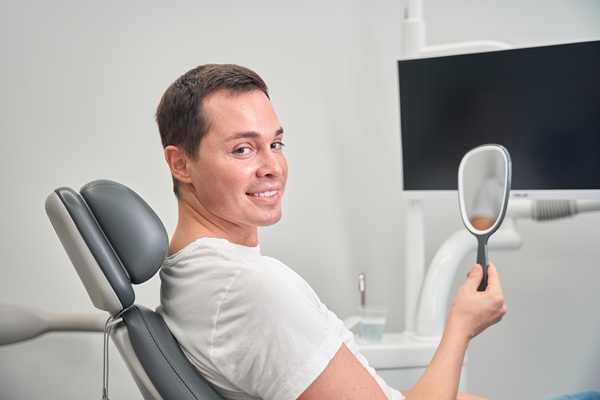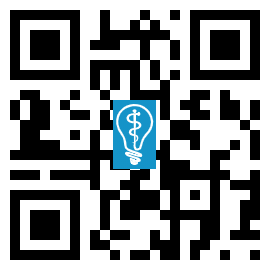Wisdom Teeth Extraction San Ramon, CA
Wisdom teeth extraction can help to relieve pain in a patient's teeth that results from the wisdom teeth causing crowding issues or growing incorrectly. There are many different reasons you may need to extract your wisdom teeth. Wisdom teeth extraction removes the third set of molars in the back of your mouth.
Wisdom teeth extraction is available at Aaria Dental in San Ramon and the surrounding area. Most patients who need wisdom teeth extraction are in the stages of young adulthood. Call us today at (925) 967-2444 to learn more and schedule an appointment.
Understanding Wisdom Teeth Extraction
"Wisdom teeth" is the colloquial term for the third set of molars that sit in the back of the mouth. They are called such because they come between the more "mature" ages of 17 and 21. The emergence of wisdom teeth can be uncomfortable, even if they are emerging correctly. Wisdom teeth do not always necessitate extraction. On the contrary, properly aligned wisdom teeth may assist in chewing.
However, if there is no adequate space for the wisdom teeth to emerge or if the teeth are coming through in the wrong position, they may become impacted (or trapped in the jaw or under the gums). This may cause cysts, damage to neighboring teeth, gum disease, infection, pain, tooth, decay, and tumors. A dentist needs to monitor the patient's wisdom teeth and determine the best course of action.
“”Wisdom teeth” is the colloquial term for the third set of molars that sit in the back of the mouth.”
Potential Risks
Although wisdom teeth extraction is a common and safe procedure, there are a variety of potential risks involved with extracting any tooth. However, these complications are often associated with patients who are at high-risk because of other conditions. We conduct a thorough examination and discussion of each patient's medical and dental history to determine whether they would be a good candidate for extraction.
Some of the risks associated with wisdom tooth extraction include:
- Painful dry socket, or exposure of bone when the post-surgical blood clot is lost from the site of the surgical wound
- Infection in the socket from bacteria or trapped food particles
- Damage to nearby teeth, nerves, jawbone, or sinuses
“Although wisdom teeth extraction is common and safe, there are a variety of potential risks involved with extracting any tooth.”
Preparing for an Extraction
Since an extraction is considered a surgery, it is common for patients to be nervous before their procedure. However, wisdom teeth extractions are quite common, with dentists performing this type of procedure many times a week. It is a good idea for patients to understand what their treatment will entail and properly prepare for it ahead of time.
During the initial consultation, we ask that patients be as open as possible in relaying their symptoms and health history. This allows us to determine whether extraction is safe and to take any necessary precautions during the procedure. Avoid smoking or drinking alcoholic or acidic beverages for at least eight hours before the procedure. Clean the mouth thoroughly and drink only water an hour or two before the procedure. We will administer a local or general anesthetic prior to the procedure, keeping the patient calm and relaxed.
“Avoid smoking or drinking alcoholic or acidic beverages for at least eight hours before the procedure.”
Check out what others are saying about our dental services on Yelp: Wisdom Teeth Extraction in San Ramon, CA
Process of an Extraction
The process of wisdom tooth extraction differs from patient to patient, depending largely on their age and the way the teeth have erupted in the mouth. There are two types of extractions: simple and surgical. A simple extraction is a minor procedure for patients with visible and easily accessible wisdom teeth and only requires local anesthesia. A surgical extraction is more complicated as the wisdom teeth lie beneath the gums and require small incisions to reach. We may administer a general anesthetic or IV to keep patients asleep during the procedure.
During a simple extraction, we use a special tool called an elevator to loosen the tooth out of its socket. We will place gauze behind the extraction site and towards the throat to prevent accidental swallowing of the extracted tooth. During a surgical extraction, we start by making small incisions to expose the tooth before removing the tooth piece by piece. In other cases, we may use the elevator to remove it as a whole, depending on its placement in the gums.
“During a simple extraction, we use a special tool called an elevator to loosen the tooth out of its socket.”
Questions Answered on This Page
Q. What are the potential risks of wisdom teeth extraction?
Q. How can I prepare for an extraction?
Q. What is the process of an extraction?
People Also Ask
Q. How does sedation dentistry work?
Q. What happens during a tooth extraction procedure?
Q. What other preventative services are available?
Q. What is the difference between a dental checkup and a dental cleaning?
Aftercare for Wisdom Teeth Extraction
Patients should expect to rest for the remainder of the day following their wisdom teeth extraction. Though regular activities can be resumed as soon as the day after, patients should refrain from any strenuous activity for at least a week following their procedure. Otherwise, they run the risk of overexertion and dislodging the blood clot. Our team will provide patients with a customized recovery plan for their specific procedures.
Complications following wisdom teeth extraction are rare as long as patients follow this plan. However, patients should contact us immediately if they are experiencing any of the following:
- Blood or pus in nasal discharge
- Difficulty swallowing or breathing
- Excessive bleeding
- Fever
- Foul taste in the mouth
- Persistent numbness or loss of feeling
- Pus in or oozing from the socket
- Severe pain that does not subside
- Swelling that does not subside after two or three days
“Though regular activities can be resumed as soon as the day after, patients should refrain from any strenuous activity for at least a week following their procedure.”
Frequently Asked Questions
Q. What is the average age of patients who remove their wisdom teeth?
A. Wisdom teeth generally erupt between the ages of 17 and 21 but can also come out later in life. We like to examine all patients from the age of 17 onwards to monitor their tooth development and detect wisdom teeth eruption as soon as it occurs.
Q. How do I know if my extraction site is healing correctly?
A. Recovery time after an extraction is between three to five days, wherein the socket should begin to close in. It could take about a month or two for the entire site to close. However, if the gums look and feel normal (no swelling or redness), the site should be healing correctly. We like to schedule follow-ups after an extraction to make sure the site is healing properly.
Q. How can I detect dry socket if I do not have pain?
A. In most cases, patients will experience pain from a dry socket. They may also experience a foul smell or notice exposed bone. A dry socket occurs when a blood clot was dislodged earlier than necessary or did not form at all, exposing the bone underneath. Therefore, if a blood clot is not present, a dry socket is very likely.
Q. Can I drive myself back home after wisdom teeth extraction?
A. Patients undergoing a simple extraction with local anesthesia can drive back home as they will only feel numb in the mouth. However, surgical extractions with general or IV anesthesia will need to be driven back after the procedure as they will not be fully alert. We will discuss this during the consultation appointment prior to the procedure.
Q. Can I remove all four wisdom teeth in the same visit?
A. Patients that need all of their wisdom teeth removed can have them all removed in one visit. We may also recommend extracting two on the same side during each visit as the entire area will be numbed anyway. This will reduce the cost, recovery time, and discomfort associated with each extraction.
Dental Terminology
Helpful Related Links
- American Dental Association (ADA). Glossary of Dental Clinical Terms. 2025
- American Academy of Cosmetic Dentistry® (AACD). Home Page. 2025
- WebMD. WebMD’s Oral Care Guide. 2025
About our business and website security
- Aaria Dental was established in 2023.
- We accept the following payment methods: American Express, Cash, Check, Discover, MasterCard, and Visa
- We serve patients from the following counties: Contra Costa County
- We serve patients from the following cities: San Ramon, Norris Canyon, Danville, Blackhawk, and Dublin
- Norton Safe Web. View Details
- Trend Micro Site Safety Center. View Details
Back to top of Wisdom Teeth Extraction
